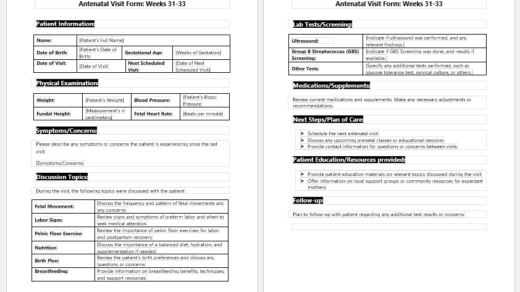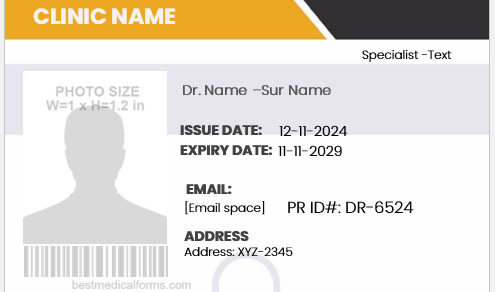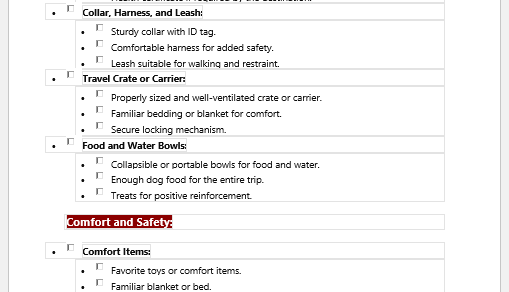Reptiles
Reptiles are vertebrate animals but are cold-blooded. They are tetrapods and descend from a variety of other animals, like birds and dinosaurs. Most reptiles have scaly skin, which serves as a protective coating against weather and enemies. Reptiles are mostly egg-laying animals, but some are mammals too. Some of the most common examples of reptiles are snakes, crocodiles, turtles, lizards, and tuatara.
Amphibians
Amphibians are also vertebrates, but they are smaller in size as compared to reptiles. Their larvae live in water, and they can live both in water and on land. Amphibians are also cold-blooded animals like reptiles, using their skin as a secondary respiratory organ. Examples of animals belonging to the class amphibians are frogs, salamanders, caecilians, amphiuma, and diplococcus.
Reptiles and amphibians as pets
Some people like reptiles and amphibians as their pets, and they like to keep them dear and near them. Some frogs and salamanders are kept as pets. Snakes, bearded dragons, turtles, and tortoises are among the most famous and favorite reptiles in the world. These animals require regular checkups like all other pets, and it is really important to know their birth history and other health status for the veterinary doctor to be sure they are not becoming the source of any disease for their owners and ultimately for the community.
Reptile and amphibian history form
- Reptiles and amphibians, when kept as pets, do need regular checkups, and a history form is filled out as soon as they arrive at a vet clinic. Since they are different from usual pets like cats, dogs, and birds, their examination is different and requires more attention and expertise. Their documentation is also different and is always kept on file at the clinic.
- So, a reptile and amphibian form have to begin with the information and identity of the pet. If the pet amphibian or reptile has a name, that name is mentioned. The name of the owner is also important because, of course, pets are not able to prove their identity. The date of the examination is mentioned, and the pet is assigned an ID, which is used for further references and follow-up.
- Pet’s details are also mentioned because reptiles and amphibians cover a lot of animals and are all different from each other. The species of the pet is identified and mentioned, and age, sex, and date of birth are also mentioned. Breeding origin, shedding date, and reproductive history have to be mentioned about the pet. It is also asked if there are any other reptiles in the house.
- If the pet animal is caged, the size and type of cage have to be mentioned in the history form. The material of the cage and the highest and lowest temperatures are also noted down. The diet of the pet is also very important to know, and the owner has to give all the necessary details. It is asked what type of supplements are given to the pet. Any past medical history or injury is mentioned in the form for future reference.

Form File Size: 45 KB
- Nursing Documentation Templates
- Mental Health Evaluation Forms
- Forms Used by Pediatricians
- Various Forms Related to Pregnancy Verification
- Common Forms Used by ENT Specialists
- Pain Diary Worksheet Template
- Forms Commonly Used by Old Age Homes
- Medical Treatment Consent Form
- Home Exercise Program Worksheet
- Forms Used for Mental Health Assessment
- Forms Used by Psychologists
- Medical Forms Commonly Used by/for Students
- Assessment Consent Form
- Forms Used by an Anesthesiologist
- Not Fit to Fly Certificate Template
- Home Visit Consent Form for Schools
- Important Forms Commonly Used by Pharmacies
- Important Forms Commonly Used by Dentists


